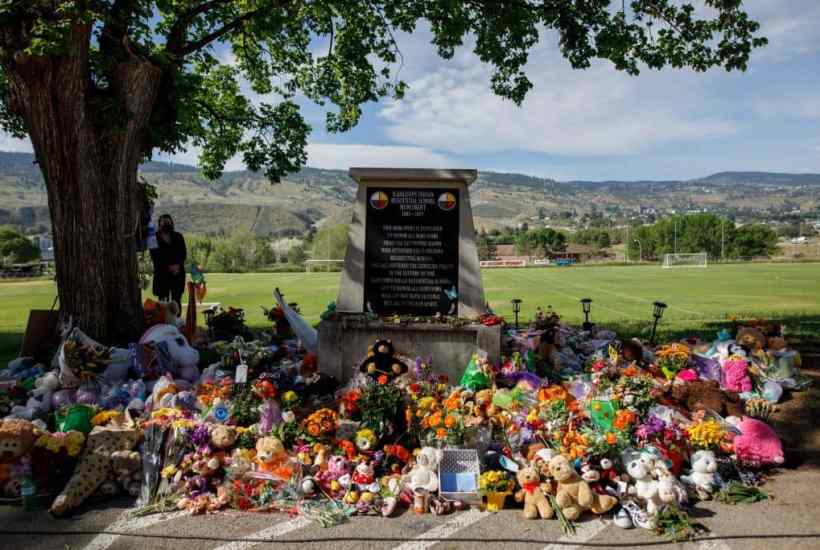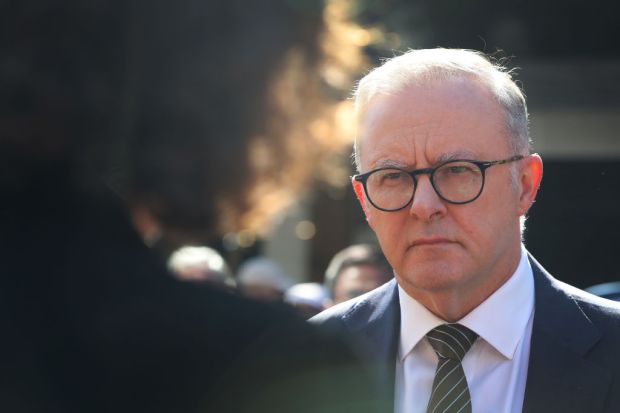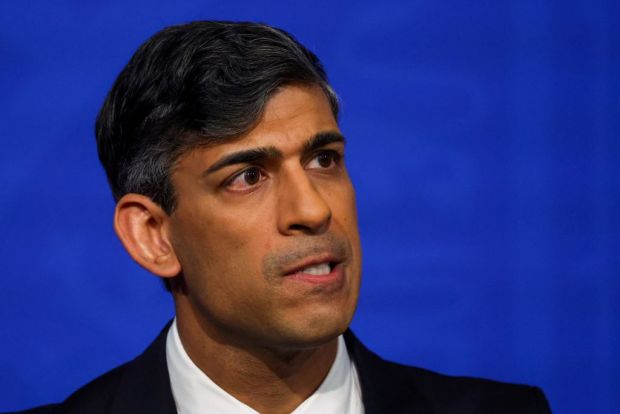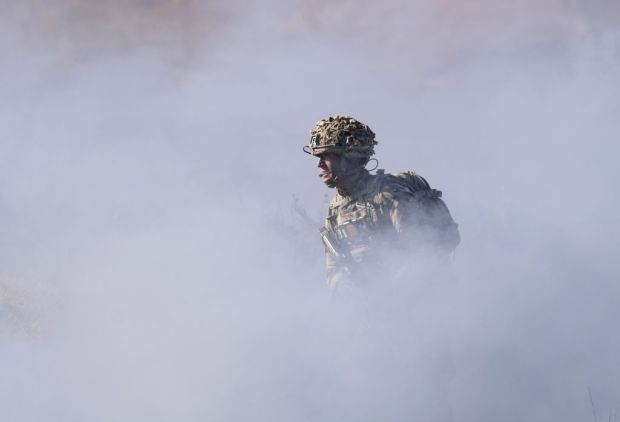When a young anthropologist claimed in late May 2021 that she had discovered 215 unmarked graves near the Kamloops Residential School in British Columbia, a wave of horror swept across Canada.
Local First Nations chief Roseanne Casimir said that her community had ‘knowledge’ that indigenous children who had died at the school were secretly buried in the nearby orchard. In the late 1990s a child’s rib was apparently found by a tourist in the area, and a tooth in a subsequent dig in the early 2000s.
The anthropologist, Sarah Beaulieu, scanned the orchard using ground-penetrating radar. She found 215 areas which showed soil disturbance that could be indicative of graves (or other excavations). Later on she revised the number down to 200 because stones, metal content and roots indicated other possible causes. However, she admitted nothing could be concluded until excavations and forensic investigation were carried out.
Yet no excavations were carried out. And none are planned, according to a devastatingly thorough review of the event written by professor of history Jacques Rouillard for the Dorchester Review. He has pointed out that there is no compelling evidence yet that the deaths of indigenous children were covered up by the authorities, or that their remains were not returned home.
A single bone and tooth do indeed point to the possibility of a terrible crime. But they do not substantiate an alleged 200 crimes.
Nonetheless, on the strength of Beaulieu’s theory, the media and government chose to unleash a wave of violence, anti-Catholic sentiment and national shaming that lasted from the beginning of June last year through to the fall of 2021, damaging the reputations of both Canada and the Catholic Church.
Both the government and the media took for granted that the soil disturbances picked up by Beaulieu’s radar were graves. They assumed the potential graves contained the bodies of children. They assumed that these children had been buried in a clandestine manner, they assumed their deaths were caused by abuse or other criminal behaviour, and they concluded — with no evidence — that the Oblates of Mary Immaculate, who had run the school since 1893, were complicit in 200 deaths and covered them up.
The media began describing the site as a ‘mass grave’. A Manitoba politician who said the residential schools were founded with good intentions triggered a meltdown. Not only did he apologise, but two weeks later he said, with a straight face, that the residential school system was part of a genocidal plan devised by John A. MacDonald, Canada’s first prime minister, to kill off indigenous peoples. Nobody dared to object.
Sixty-five churches were vandalised, burned or desecrated in what many applauded outright as acts of justified protest — ‘Burn them all!’ — while politicians shrugged off the anti-Christian violence as ‘understandable.’ China wagged its finger, calling for an investigation into Canada’s human rights violations. The flag over Canada’s parliament flew at half-mast for five months. Canadians were urged not to celebrate Canada Day or wear national colours; instead they were encouraged to dress in orange, symbolising shame at their nation’s past.
Big money entered the picture when Ottawa pledged $320 million to aid in the search for more graves and to support survivors and their communities. A new federal holiday was established, ‘National Day for Truth and Reconciliation,’ though its effect was somewhat marred when Trudeau commemorated the day by going surfing in Tofino.
Trudeau demanded that the Pope come to Canada to apologise in person for the Church’s role in the (government-organised) residential school system (and the Pope eventually agreed to come, though he didn’t promise to apologise). Canadian bishops grovelled, and spoke about sacrilegious church burnings in the most moderate language. A priest who dared to say that some good things had come out of the residential schools (an enormous system that existed for nearly a hundred years, garnering in many instances the support and gratitude of indigenous people otherwise lacking access to education) was forced to resign from his parish. His archdiocese apologised to anyone who was offended.
After the ‘discovery’ in Kamloops, ground-penetrating radar indicated at least 34 similar soil disturbances near Camsell Hospital in Edmonton, where stories of undocumented burials abounded. Excavations over the course of several months found nothing and the investigation was eventually closed.
The Cowessess First Nation said they found unmarked graves near the residential school of Marieval, Saskatchewan. But the site turned out to be an ordinary community cemetery from which the stone markers had, for some reason, been removed in the 1960s.
Sensational reports likewise came out about unmarked graves near the residential school of Cranbrook, British Columbia. But what initial reports failed to mention was that the remains were in a cemetery still used today — and that the original markers could simply have rotted away, as wooden crosses were often used. A former chief from the area dismissed claims of suspicious activity, saying locals knew perfectly well that the graves were there.
The Canadian government and the media now have some serious questions to face when it comes to Kamloops. Why didn’t they wait for more proof before castigating the nation and sending it into a tailspin of anger and anti-Christian violence? And will they apologise? And why, after all this, are there still no plans to excavate in Kamloops? After the dramatic fallout for so many ordinary Canadians and Catholics, doesn’t the whole country deserve some answers?
Got something to add? Join the discussion and comment below.
Get 10 issues for just $10
Subscribe to The Spectator Australia today for the next 10 magazine issues, plus full online access, for just $10.



















Comments
Don't miss out
Join the conversation with other Spectator Australia readers. Subscribe to leave a comment.
SUBSCRIBEAlready a subscriber? Log in